
Tata Nexon EV Max Review | It Makes Sense!..Mostly
- May 17, 2022
- Views : 8093


There’s no doubt that battery electric vehicles (BEVs) are quickly gaining popularity throughout the world and are often advertised as the future of personal transportation. However, BEVs are still far from replacing conventional internal combustion engine (ICE) vehicles in the current scenario, owing to their limited range (among affordable models), high cost and lack of a widespread charging network and service.
Hybrids, especially strong-hybrid vehicles, bridge the gap between pure ICE cars and EVs, by offering stellar fuel economy and a part-time electric driving mode in addition to emissions reduction over ICE cars to an extent.
Here’s how BEVs and hybrid electric vehicles (HEVs) compare and contrast with each other:
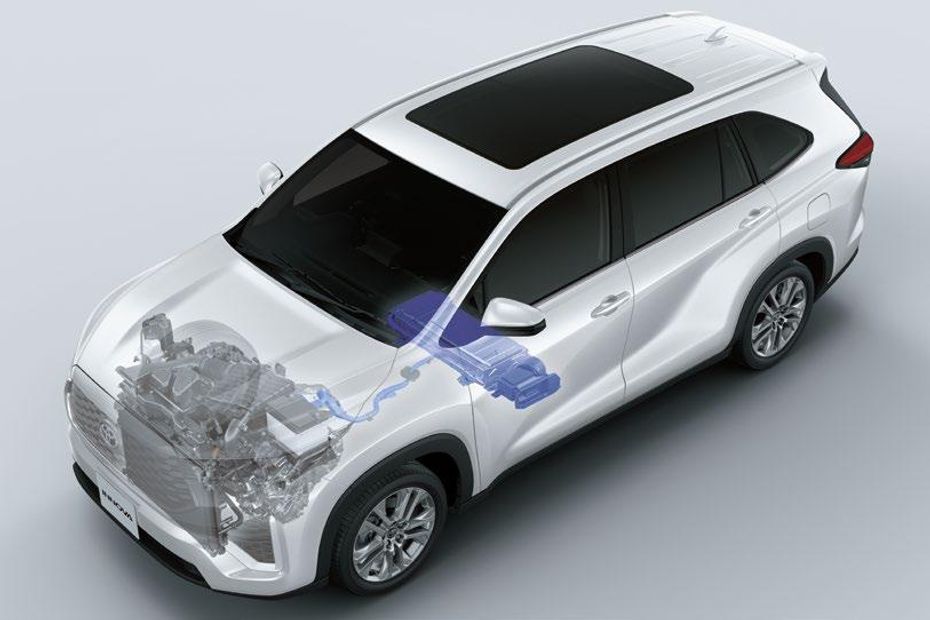
The biggest difference between hybrids and EVs is under the bonnet. In essence, hybrids use the combined output of an IC engine and e-motor fed by a small battery to move the car, while EVs only have an e-motor paired with a large battery.
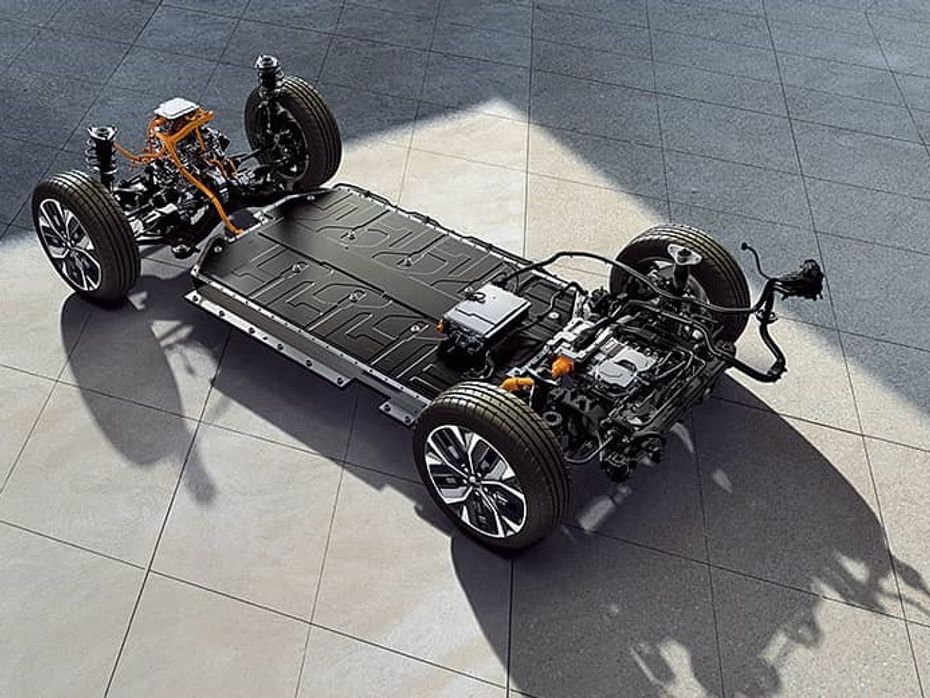
Electric vehicles have fewer moving parts, which makes them relatively easier to maintain with regular servicing. On the other hand, hybrid powertrains, especially strong-hybrid and plug-in hybrid, can be quite complex, allowing for a combination of ICE only, EV only and combined driving modes, according to different driving conditions. You can find out more about the workings of different strong-hybrid powertrains in the link below:
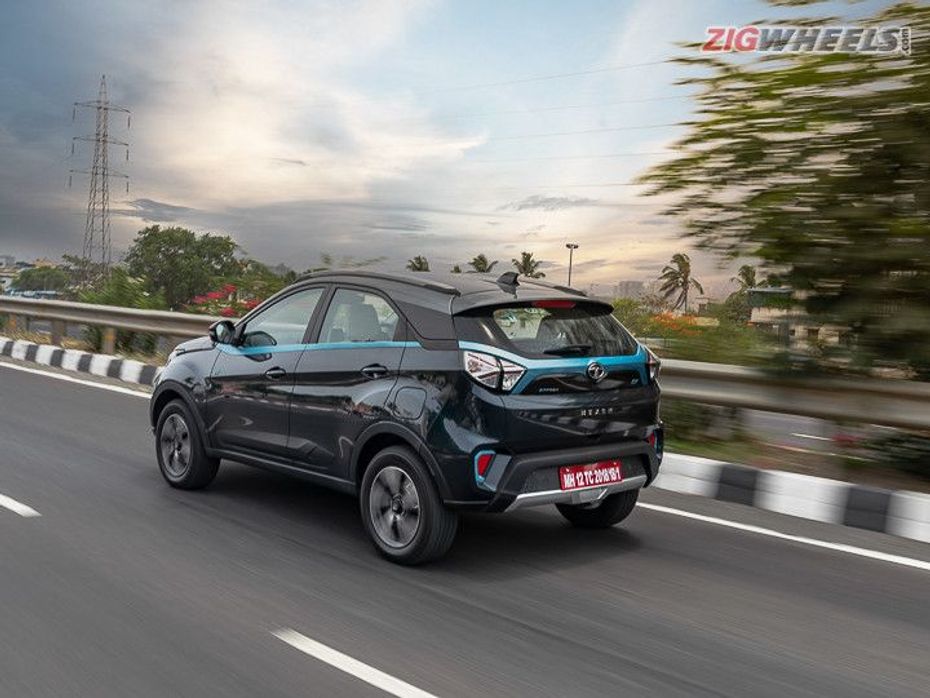
That said, EVs would require a change in your driving style, especially on the highway, where they are less efficient. That’s not the case with hybrids, you can drive them just the way you did an ICE car.
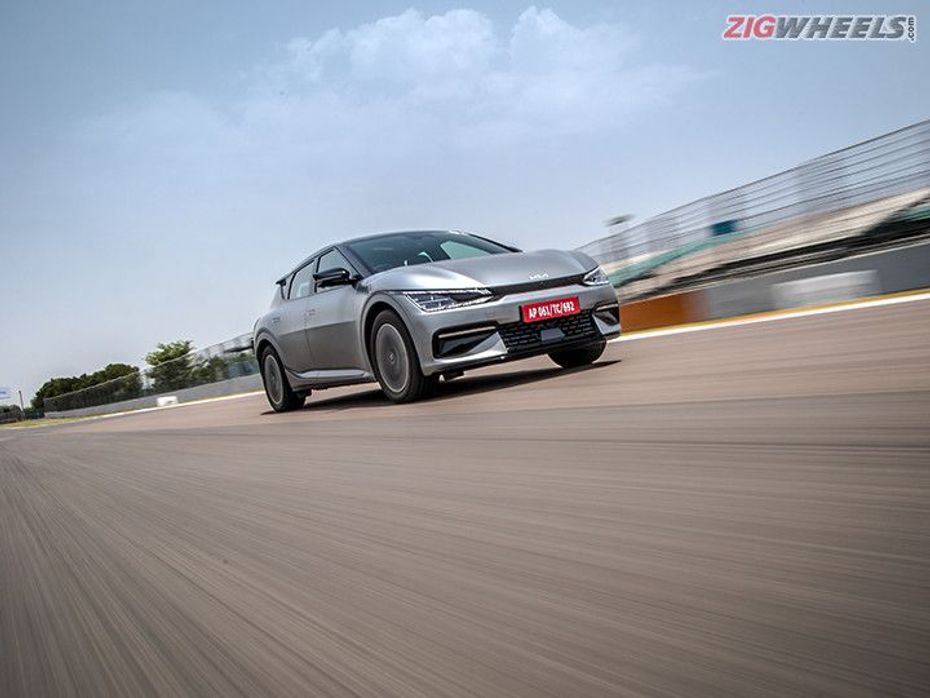
BEVs clearly have an environmental advantage over hybrids and ICE vehicles. Not only do they have zero tailpipe emissions on their own, but their lifetime emissions compare well with ICE cars and hybrids, too.
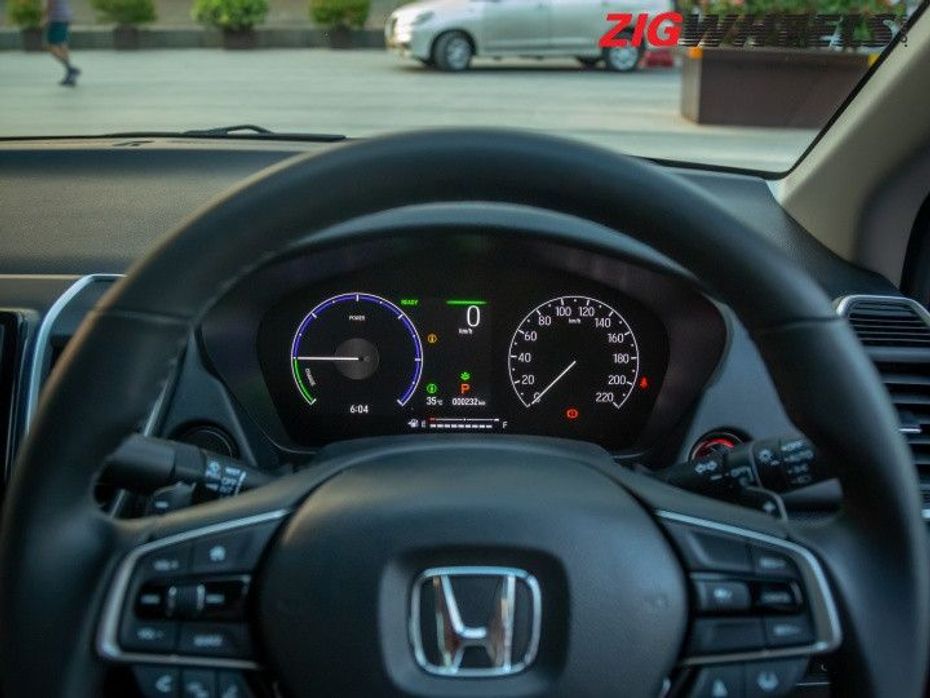
That said, hybrids do offer lower emissions than pure ICE cars, and can even be driven primarily in EV mode for a short distance. Still, they aren’t as clean as an EV.
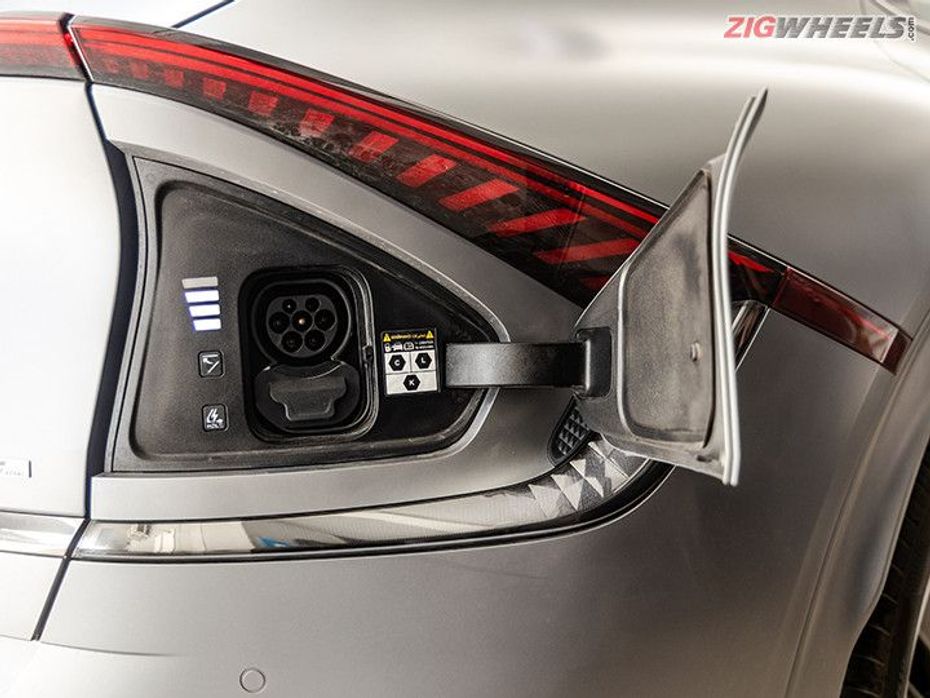
EVs come with range anxiety and require a robust public fast-charging network to be practical to use as regular cars, which, in India, is currently a work in progress.
On the other hand, in the case of a hybrid, you would simply need to fill your tank to the brim at any of the fuel outlets prevalent across the nation by the thousands, which takes hardly a few minutes. An electric car, such as a Tata Tiago EV, takes around one hour to juice up using a DC fast-charger.
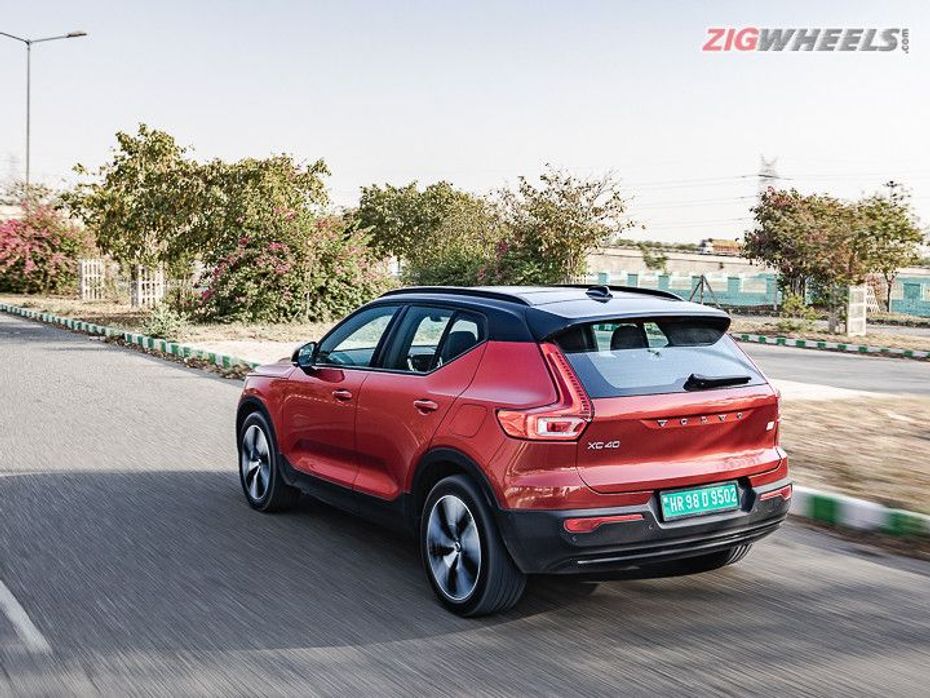
Driving an EV also requires a whole deal of planning prior to setting out, especially if you’re on the highway, as one needs to find out how many fast-chargers are there en route. This will add a whole lot of time to your journey, just because you have to charge your car when the battery level is low. That’s not the case with a hybrid car.
Hybrid cars typically boast a longer range than ICE-only cars. For example, we have been able to drive the Honda City Hybrid over 800km on a single tank of fuel. But in BEVs such as the Tata Nexon EV Max we could only manage a range of nearly 300km. EVs with larger batteries, such as the Kia EV6 good for over 700km of range, do bridge the gap to an extent, but are significantly costlier.
Whether you go for a BEV or HEV, electrification comes at a hefty premium. Hybrids are typically a leap of around Rs 2.5 lakh (depending on the model) over their petrol-only counterparts. EVs can be pricier still – the Nexon EV Prime costs almost twice as much as a base-spec petrol Nexon, while the top-spec variant is around Rs 4 lakh dearer than the ICE-powered variant.
So technically, hybrids command a much less premium at the moment over EVs, and with the technology gaining boost slowly with introduction of new models like the Toyota Innova Hycross, we suspect Hybrids will be the next big thing in our market that will bridge the gap between EVs and ICE-powered cars. However, if you’re ready to make a lifestyle change by adapting new habits and changes, then an EV also makes a lot of sense.
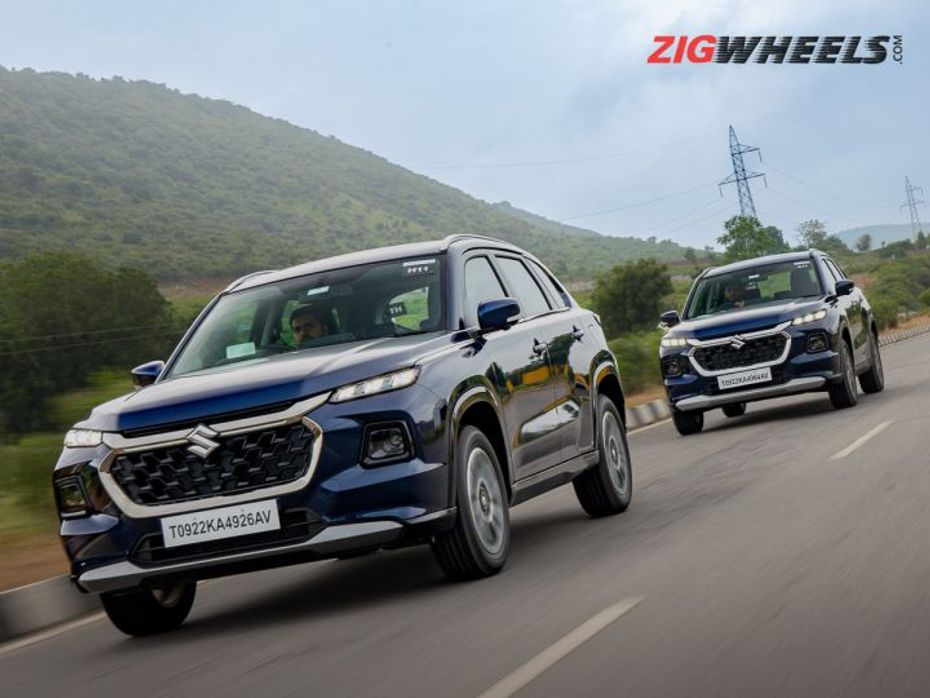
Whether you choose hybrids or EVs, electrified drivetrains present a stepping stone into the future of transportation with their seamless power delivery and array of efficient technologies.

Tata Nexon EV Max Review | It Makes Sense!..Mostly

Top Car News Of The Week: Several New Cars Launched, Citroen eC3 EV...

Mahindra XUV400 EV vs Tata Nexon EV: Battle Of The Made-In-India...

Tata Ups Nexon EV Range With Software Update After Mahindra XUV400...

Tata Offers Added Peace Of Mind For Customers Booking Nexon EV In...

Tata Nexon EV Prime Launched With Cruise Control And Other Features...

Tata’s Electric Lineup Gets Dearer

Tata Nexon EV Goes Up In Flames In Mumbai

The Nexon EV Max Squeezes More Power From The Same Motor: Tata Motors
 Mahindra BE 6
Mahindra BE 6
 Hyundai Creta Electric
Hyundai Creta Electric
 MG Windsor EV
MG Windsor EV
 Tata Curvv EV
Tata Curvv EV
 Tata Tiago EV
Tata Tiago EV
India's largest automotive community
 Here Are Some Adrenaline Pumping Experiences From Auto Expo 2025 That You Should Not Miss!
Here Are Some Adrenaline Pumping Experiences From Auto Expo 2025 That You Should Not Miss!
 All You Need To Know About The Surprise Element At Auto Expo 2025: BMW iX1 LWB
All You Need To Know About The Surprise Element At Auto Expo 2025: BMW iX1 LWB
 Hyundai Creta Electric Reaches Dealerships, Here’s A List Of Its Pros And Cons Before You Check It Out!
Hyundai Creta Electric Reaches Dealerships, Here’s A List Of Its Pros And Cons Before You Check It Out!
 MG Showcases A PHEV At Auto Expo 2025: The MG HS PHEV
MG Showcases A PHEV At Auto Expo 2025: The MG HS PHEV
 Tata Punch
Rs. 5.99 Lakh
Tata Punch
Rs. 5.99 Lakh
 Tata Nexon
Rs. 7.99 Lakh
Tata Nexon
Rs. 7.99 Lakh
 Tata Curvv
Rs. 9.99 Lakh
Tata Curvv
Rs. 9.99 Lakh
 Tata Harrier
Rs. 14.99 Lakh
Tata Harrier
Rs. 14.99 Lakh
 Tata Tiago
Rs. 4.99 Lakh
Tata Tiago
Rs. 4.99 Lakh
 Mahindra BE 6
Rs. 18.90 Lakh
Mahindra BE 6
Rs. 18.90 Lakh
 Hyundai Creta Electric
Rs. 17.99 Lakh
Hyundai Creta Electric
Rs. 17.99 Lakh
 Mahindra XEV 9e
Rs. 21.90 Lakh
Mahindra XEV 9e
Rs. 21.90 Lakh
 MG Windsor EV
Rs. 13.99 Lakh
MG Windsor EV
Rs. 13.99 Lakh
 Tata Curvv EV
Rs. 17.49 Lakh
Tata Curvv EV
Rs. 17.49 Lakh